
Taking care of your orthodontic appliance for 1-2 years may seem like quite a hassle, but it a small price to pay for a dazzling smile and improved confidence. Although braces are strong enough to withstand some degree of abuse, there are certain foods that you must avoid to ensure you don’t compromise their safety and effectiveness.
Introducing The Top 3 Foods You Should Avoid At All Costs with Braces or Orthodontics
These includes:
1. Sticky candy including chewing gum
Eating candy can completely devastate your orthodontic treatment. For starters, candy contains sugar that can hide in the nooks and crannies of your teeth, which are already hard to clean with normal brushing and flossing, resulting in tooth decay. Even with sugarless candy, it can get stuck to your braces and cause them to loosen or get damaged as you try to dislodge the gum.
2. Corn on the cob
While it is a joy to eat corn straight from the cob during summer, you will have to forego this enjoyment until the braces are off. The problem is that biting into the cob can cause the wires and brackets to slacken and get dislodged. The corn can also get stuck in your appliance, increasing the risk for tooth decay. This will not only cause discomfort, but also an extra trip to the orthodontist – who you will already be seeing regularly for checkups.
If you can’t completely avoid corn you can simply remove it from the cob and throw it to the back for your mouth. However, you must also avoid popcorn, because the husks can get stuck in hard to clean areas, contributing to tooth decay.
3. Pizza crusts
Actually, you need to avoid all hard and crunchy foods, including nuts, pretzels, and hard breads and cookies as well. Every hard crunch increases the risk for the wires and braces cracking and even coming off. These foods can also get caught between the appliance and your teeth where it is harder to clean, making you more prone to decay. Generally, any item that does not bend, including hard cookies should be avoided. To protect your braces, opt for softer breads, buns, etc.
Final note
Besides maintaining a safe and healthy diet, you should brush and floss regularly to remove food debris that get stuck between the wires and your teeth. Taking good care of your braces through proper diet and hygiene will help you avoid unnecessary trips to the orthodontist to get any damaged wires or popping brackets fixed.
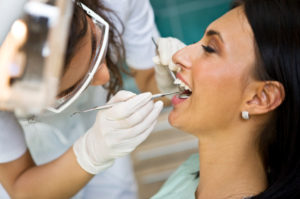 It is good practice to visit the dentist every six months for professional cleanings and dental checkups, according to
It is good practice to visit the dentist every six months for professional cleanings and dental checkups, according to 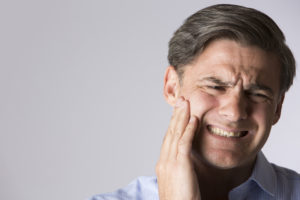 You may have experienced a pop or click sound from your jaw as you eat or yawn. Usually, there is nothing concerning about this sound, but there are some instances when jaw clicking could be indicative of jaw trouble, like temporomandibular joint disorders (TMD).
You may have experienced a pop or click sound from your jaw as you eat or yawn. Usually, there is nothing concerning about this sound, but there are some instances when jaw clicking could be indicative of jaw trouble, like temporomandibular joint disorders (TMD). If you’re overly concerned about jaw clicking that you can hear & feel and would like further guidance or direction on what exactly may be occurring, then you can schedule an appointment with our
If you’re overly concerned about jaw clicking that you can hear & feel and would like further guidance or direction on what exactly may be occurring, then you can schedule an appointment with our 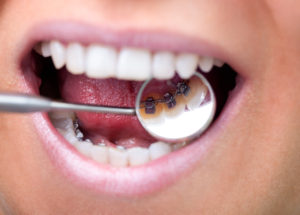 Whenever you experience a toothache or tooth pain, the tooth is usually the source of the pain. But in a small percentage of cases, however, the site of tooth pain is not the specific source. Whether tooth pain originates in a tooth or not, the pain still feels like a toothache; however, it can be a little difficult to determine the cause of non-dental pain.
Whenever you experience a toothache or tooth pain, the tooth is usually the source of the pain. But in a small percentage of cases, however, the site of tooth pain is not the specific source. Whether tooth pain originates in a tooth or not, the pain still feels like a toothache; however, it can be a little difficult to determine the cause of non-dental pain. There are a number of possible root causes for bad breath, or halitosis, though one of the most common factors is the state of your oral environment. More specifically, bad breath is an indicator of food and plaque that have become wedged in nooks and crannies between your teeth and at the gum-line.
There are a number of possible root causes for bad breath, or halitosis, though one of the most common factors is the state of your oral environment. More specifically, bad breath is an indicator of food and plaque that have become wedged in nooks and crannies between your teeth and at the gum-line.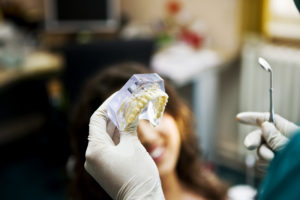 Considering the diligence required to maintain a healthy mouth, it appears that the mouth is one of the dirtiest parts of the body. It is also said to be laden with bacteria, yet wounds that occur in the mouth tend to heal the fastest, plus they don’t seem to get infected. How can this be?
Considering the diligence required to maintain a healthy mouth, it appears that the mouth is one of the dirtiest parts of the body. It is also said to be laden with bacteria, yet wounds that occur in the mouth tend to heal the fastest, plus they don’t seem to get infected. How can this be?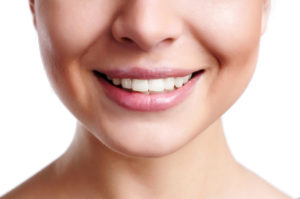 Everyone wants a beautiful smile and a mouth that smells fresh, which is why you should exercise good oral hygiene. Good oral hygiene entails a number of practices that:
Everyone wants a beautiful smile and a mouth that smells fresh, which is why you should exercise good oral hygiene. Good oral hygiene entails a number of practices that: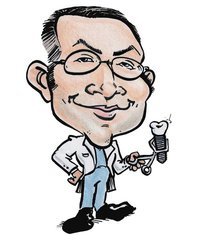 Thank you for visiting my Irvine dental blog! My dental blog of course will be focused on anything related to dentistry:
Thank you for visiting my Irvine dental blog! My dental blog of course will be focused on anything related to dentistry: